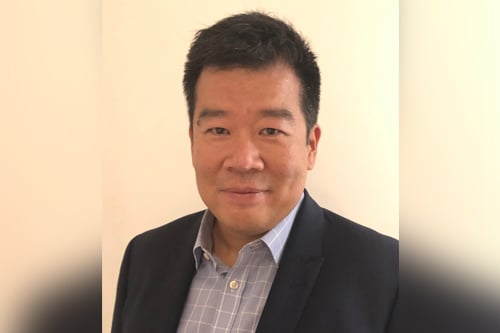

Australia’s renewable energy sector is thriving, and multi-million-dollar solar farms are springing up across the country – however, one leading insurer has warned of a worrying lack of regulation when it comes to cyclone resilience.
“Australia is a global leader in renewable energy and we’re seeing the largest growth of large-scale solar projects in the north of the country,” said Lynette Schultheis, local operations manager for FM Global. “This area also happens to have the highest exposure to cyclonic winds.”
Despite the Queensland region experiencing an average of 4.7 tropical cyclones per year, and being a favourite spot for those setting up solar farms, Australia is yet to introduce regulation which standardises the wind resilience testing of solar panels.
This gap, Schultheis says, is leaving solar farm operators with a lack of awareness of the true risks their business may be facing.
“It’s imperative for both solar users and key players in the power generation industry to understand and mitigate the risks these solar farms face,” said Schultheis.
“FM Global hopes the government and insurance industry will get on board to standardise the resilience testing of solar panels and future-proof our country’s renewable energy investments.”
Schultheis’s comments come after the insurer partnered with Sun Metals to conduct a risk analysis and highlight any areas of exposure at the company’s recently-installed $200 million Townsville solar farm – the largest solar farm in Australia.
Terence Lee is a Senior Account Engineer with FM Global – he played an instrumental role in advising Sun Metals that independent cyclone resilience testing should be conducted across the site.
“This is the first solar farm we’ve been asked to look at that is in a cyclonic region, and when we asked for the design and installation details, we didn’t get much confidence that the design would be resilient to cyclones,” Lee told Insurance Business.
“We felt the only way to verify the designer’s claim would be to do a test to make sure it was able to deliver what it claims.”
Static testing was conducted by James Cook University’s Cyclone Testing Station in collaboration with the installer of the solar farm and wind-tunnel tests were performed by CPP consultants.
With no official regulations, Lee said this was the best approach possible for the business but he too agreed standardisation would be a good thing for the industry as a whole.
“If we can get to the stage we are with buildings, it would be really good,” he said.
However, Lee also pointed to some obstacles that would likely prevent standardisation as reliable as those applied to buildings any time soon.
“If I can make the comparison to buildings again, we have so much experience and prior testing leading up to these standards that we can now confidently use Australian standards and codes to build a building and know it will withstand a ‘500-year’ cyclone,” he said.
“Unfortunately, the solar farm industry is still developing so we currently don’t have that clear guidance to allow us to confidently say that if you were to use the standard, your solar farm would be resilient to a ‘500-year’ cyclone.”
Until prior testing is at that point, Lee says solar farm operators should seriously consider testing the wind resilience of their equipment.
“It’s also worthwhile pointing out that for a $200 million project like the Sun Metal Solar Farm, the testing was only $24,000 and took just three days to complete,” he said.
